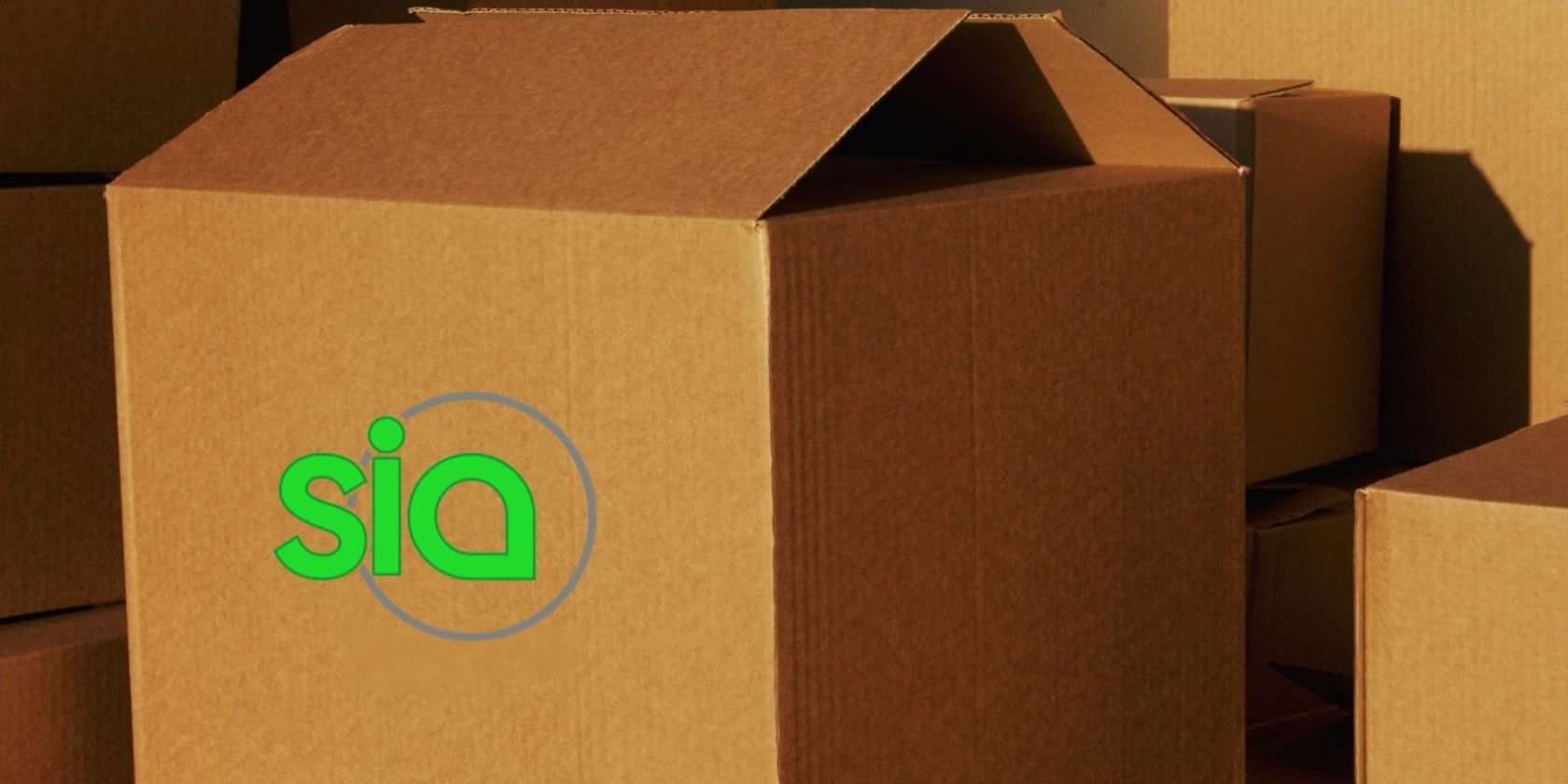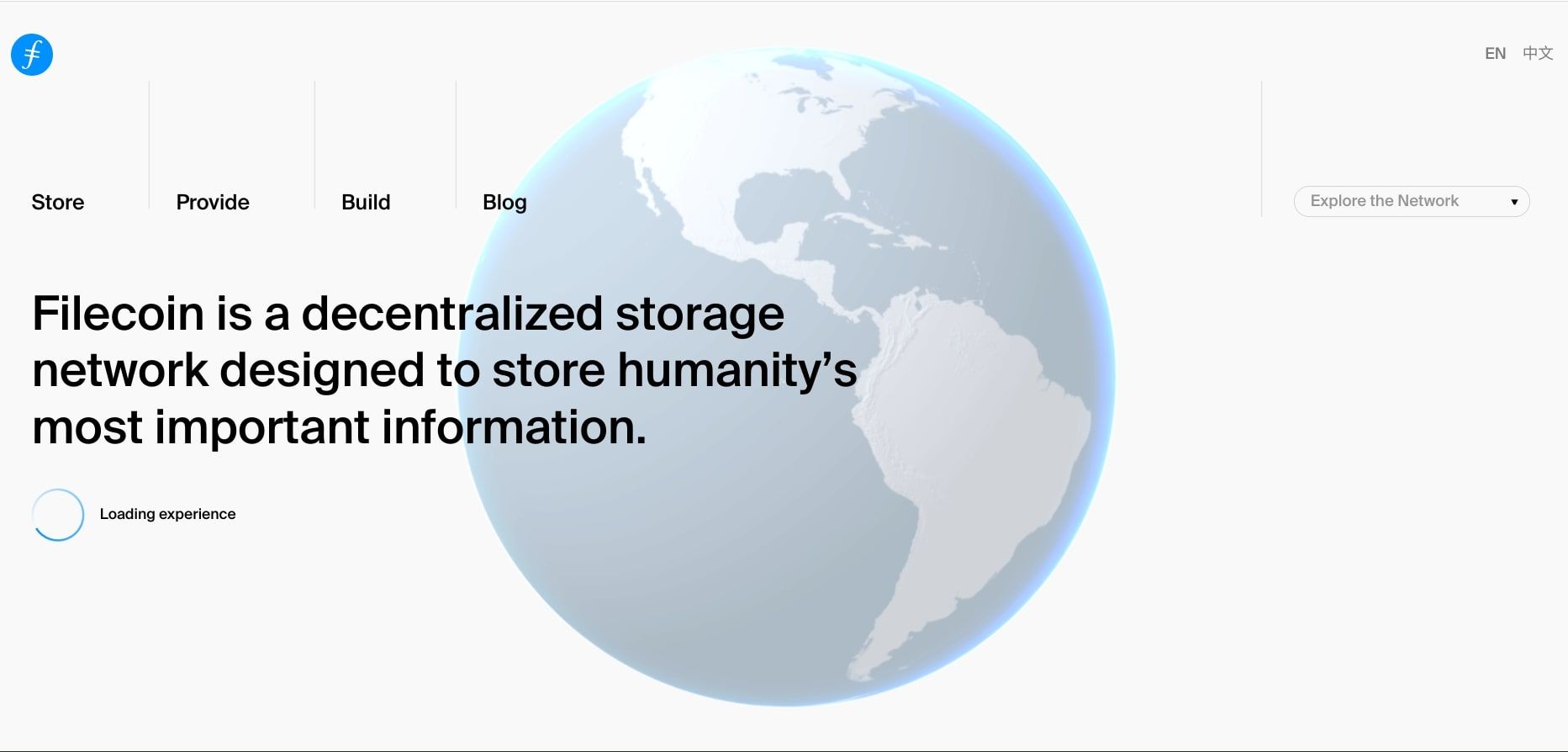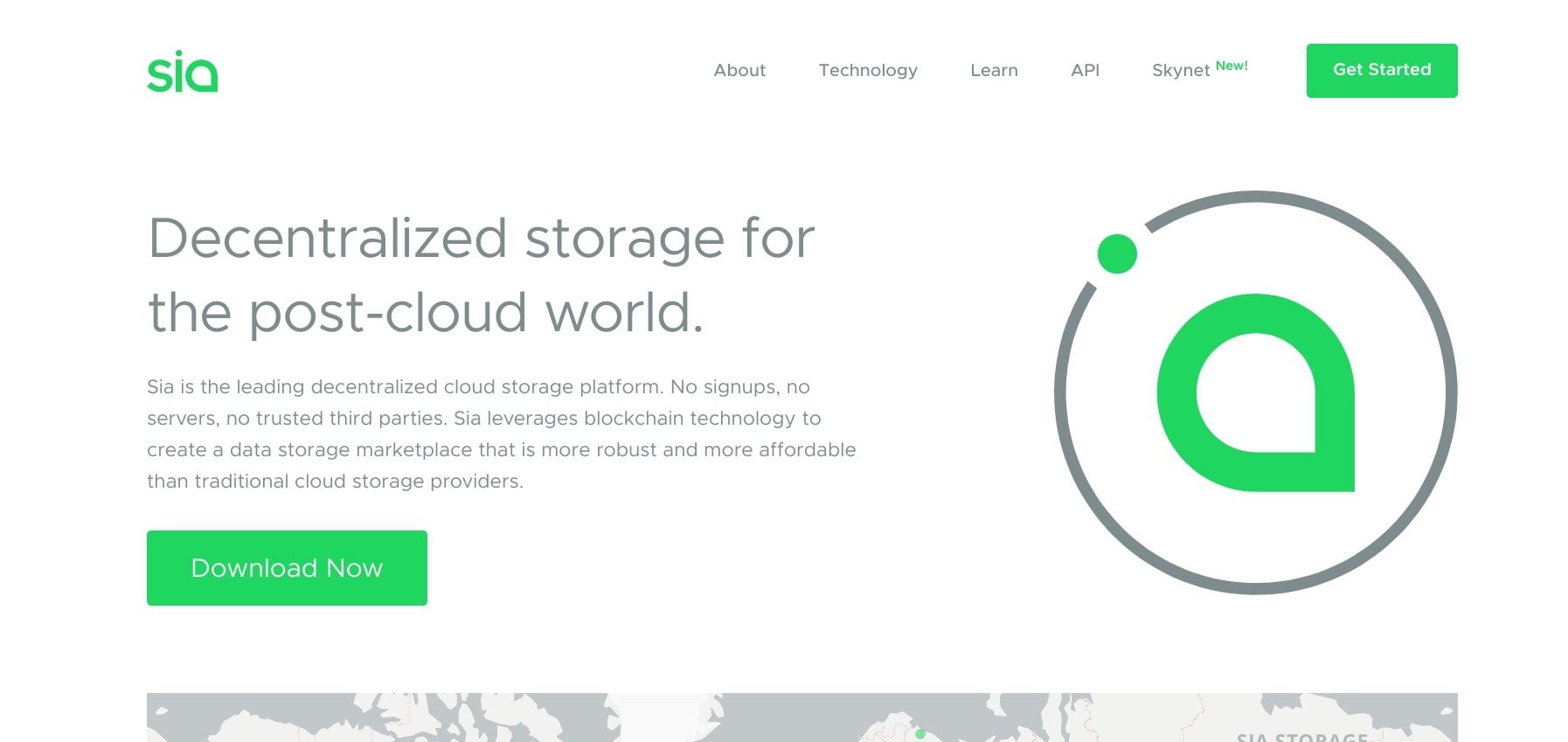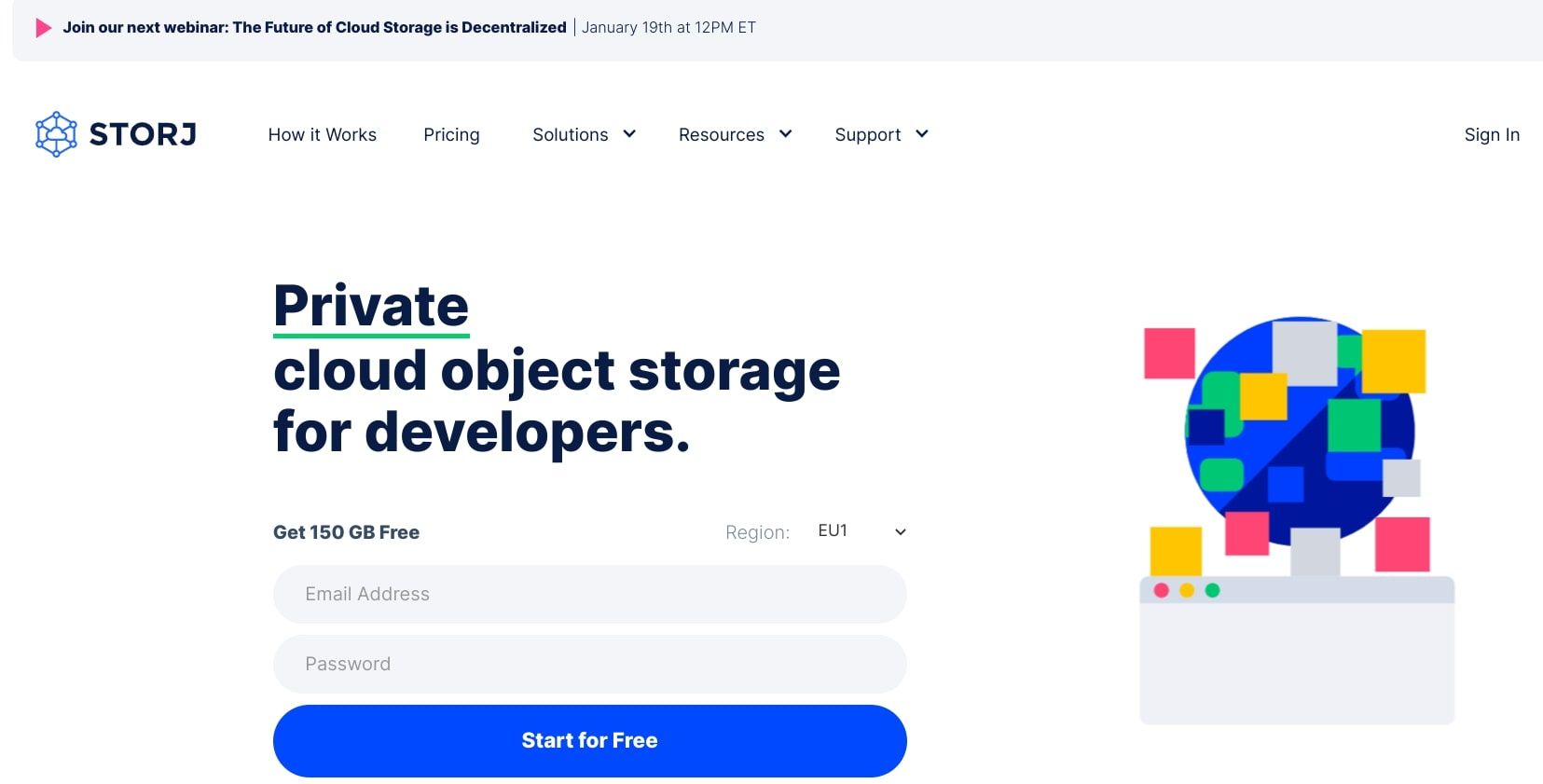It's easy to assume that cryptocurrencies all come from similar origins. But while all cryptos do exist on blockchains. not all come from the same kinds of networks. This is the case for storage tokens or storage coins. But what exactly are cryptocurrency storage tokens, where do they come from, and what do they offer?
What Is Decentralized Storage?
Before we discuss storage tokens, it's important to understand their origins: decentralized storage platforms. We all have pictures, videos, songs, or other files that need to be stored somewhere digitally. And, while most of us use our devices alone for storage, sometimes this isn't enough. This is where blockchain-based cloud storage can provide individuals with extra storage space.
Cloud storage is much easier to recover if lost and can be downloaded no matter the location if one has access to the internet. However, centralized storage platforms like Microsoft OneDrive and IBM Cloud Storage are vulnerable to data theft or loss because they have a weakness known as a single point of failure.
Decentralized storage platforms can overcome this hurdle by splitting user data into smaller pieces and spreading it across nodes (or devices) within a decentralized network. Data is also automatically encrypted when uploaded to the network. Encryption doesn't harm or affect your data but keeps it super safe and inaccessible to ill-intentioned parties. This also means that the devices holding your data cannot decipher it, as each device will only have a small piece of your data, and the encryption will make it indecipherable.
Because a single entity or server can hold all the information within a centralized network, the chances of a total network shutdown or hack are much higher. What's more, centralized platforms have been exposed in the past for selling private user data without permission.
In short, centralized storage platforms simply don't offer the same levels of security and transparency as decentralized storage platforms. As a result, your data can be accessed much more easily without your consent, and even the cloud provider can have ulterior motives. So, where do storage cryptos come in here?
What Are Storage Tokens?
Decentralized storage platforms often have their own coins or tokens, as they exist on a blockchain, just like regular cryptocurrencies. Storage coins are launched directly from a native blockchain, while storage tokens are used in applications or projects built within the blockchain (like Ethereum).
While you'd pay in dollars, pounds, or any other traditional currency when using centralized storage platforms, decentralized storage platforms allow customers to use the platform's native token as a form of payment for using up a portion of their available storage space. Users can also turn a profit by becoming nodes on a storage blockchain, offering their spare storage space to other users.
Like cryptocurrencies in general, the price of these storage coins can differ drastically. Some are worth less than a dollar, while others are worth a lot more. However, throughout 2021, storage tokens and coins have seen something of a drop-off in value. Filecoin, for example, fell from $191 to $28 in the space of ten months. As is the case with many cryptos, storage coins and tokens were once seen as the industry's next big thing, but a decrease in excitement usually leads to a decrease in value.
However, storage coins and tokens are still pretty relevant, with decentralized storage platforms becoming an increasingly popular alternative to centralized storage platforms. So, what are some of the top decentralized storage platforms and currencies out there right now?
1. Filecoin
If you've been interested in crypto for a while, you may have already heard of Filecoin. Filecoin made its name as one of the largest ICOs (or Initial Coin Offerings) of all time when it raised over $250 million in 2017. Developed by Protocol Labs on the IPFS (or InterPlanetary File System) storage protocol, this open-sourced decentralized storage platform allows users to store large amounts of data securely and earn a passive income using their device's internal storage. It exists on the Ethereum blockchain, which has become incredibly popular for DeFi projects.
Filecoin uses two consensus mechanisms within its network: Proof of Spacetime (PoST) and Proof of Replication (PoRep). Related to Proof of Storage, the PoST mechanism essentially requires miners to prove that they are storing a specific piece of data for a decentralized network. The process involves randomly selecting miners, who then verify their data storage. This kind of mechanism is a step up from the Proof of Work (PoW) mechanism, as it's considerably more environmentally friendly.
The Proof of Replication mechanism used by Filecoin is somewhat similar to Proof of Spacetime, though miners must prove publicly that they are storing a unique copy of a piece of data. In short, both mechanisms ensure that data is held correctly and securely across the network.
Though Filecoin offers a great decentralized storage option, its native currency, which goes by the same name, saw a significant drop in value throughout 2021, with its trading volume currently being on the rise.
2. Sia (and Siacoin)
Sia is another big player in the decentralized storage game and was one of the first ever to be developed. This platform offers decentralized cloud storage to users by dividing their data into smaller pieces that are then spread across nodes within the network.
As said by Sia's own developers, the network offers "underutilized hard drive capacity" to users, which is kept secure with blockchain technology. In addition, data transactions are protected with smart contracts, which allows for a more affordable cloud storage option. Sia users keep their private keys, meaning their stored data cannot be accessed or altered by others.
Customers can pay for their rented cloud storage using Sia's native currency, Siacoin. This coin currently has a pretty low value compared to Filecoin but is still a solid market contender in terms of storage coins.
3. Storj
Storj is one of the world's most popular decentralized cloud storage platforms, with tens of thousands of users. Founded in 2014 and launched in 2018, this network allows you to store your data in a private, encrypted format (specifically using AES-256-GCM symmetric encryption).
Like Filecoin and Sia, Storj splits your data into smaller pieces, increasing its durability and security. Storj splits each file into exactly eighty pieces each time, and each piece is sent to a separate node. You can rent storage space from other users within the Storj network, though this comes at a fee.
Like the other two storage platforms here, Storj has its own digital currency by the same name. Storj pays its users using their native currency to rent out their storage space. When one does this, they become an SNO (or Storage Node Operator). Many choose to make money using Storj instead of renting out cloud storage space for their data.
Can You Make Passive Income Through Decentralized Storage?
With increased security, transparency, and user control, decentralized storage platforms could truly prove to be the next industry giant when it comes to cloud storage. Along with their native tokens and coins, these platforms contribute healthily to the crypto market, giving people the ability to store their data safely and make some passive income by renting out unused storage. Time will tell whether or not we all end up using such platforms in the near future.






